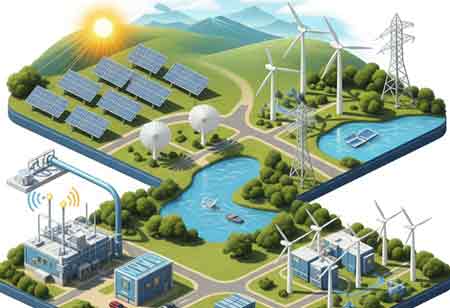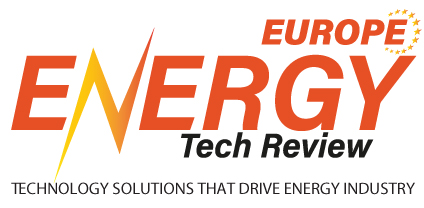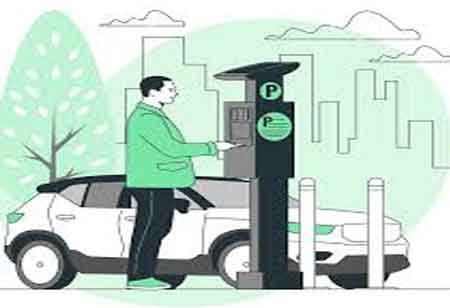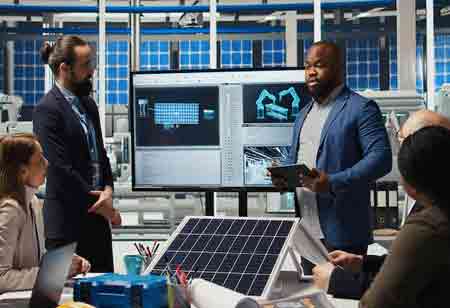CLOSE
Specials
I agree We use cookies on this website to enhance your user experience. By clicking any link on this page you are giving your consent for us to set cookies. More info
Be first to read the latest tech news, Industry Leader's Insights, and CIO interviews of medium and large enterprises exclusively from Energy Tech Review
Thank you for Subscribing
The Future of Renewable Energy Integration
The global energy landscape is undergoing a monumental shift, driven by the urgent need to decarbonize and address climate change.

By
Energy Tech Review | Thursday, December 11, 2025
Stay ahead of the industry with exclusive feature stories on the top companies, expert insights and the latest news delivered straight to your inbox. Subscribe today.
The renewable energy landscape is rapidly evolving, with a focus on energy efficiency, smart grid systems, and sustainable energy sources such as solar, wind, and hydro. Collaborative efforts among governments, businesses, and communities are essential for overcoming challenges and maximizing the potential of renewable energy.
Fremont, CA: The global energy landscape is undergoing a monumental shift, driven by the urgent need to decarbonize and address climate change. At the heart of this transformation lies the accelerating adoption of renewable energy sources, primarily solar and wind power. While these clean technologies offer immense promise, their inherent variability and intermittency pose significant challenges. It's the expertise and dedication of grid operators that play a crucial role in managing these challenges, making them an integral part of this transition.
The Rise of Renewables and Their Integration Imperative
Solar photovoltaic (PV) and wind power have emerged as leading renewable energy sources due to their declining costs and technological advancements. In recent years, global solar capacity has seen a remarkable 22 percent increase, reaching 1,200 GW, while offshore wind capacity is projected to surge from 60 GW in 2023 to over 240 GW by 2030. This rapid growth underscores the crucial need for sophisticated integration strategies. As energy industry professionals, policymakers, and environmental advocates, your role in ensuring a stable, reliable, and efficient electricity supply is more significant than ever.
Traditional power grids were designed for centralized, fossil fuel-based generation, characterized by predictable and dispatchable power. The introduction of decentralized and intermittent renewable sources challenges this paradigm, demanding an urgent and fundamental modernization of grid infrastructure and operational approaches. The time to act is now.
Solutions for Effective Renewable Energy Integration
Renewable energy is a growing priority, and the reliability of various technologies is playing a key role in achieving this goal. Energy Storage Systems (ESS) are a critical enabler, allowing for the decoupling of generation and demand. Lithium-ion batteries are currently the dominant technology, while Pumped Hydro Storage (PHS) is a mature and widely deployed technology. Other storage technologies include mechanical, thermal, and hydrogen storage systems. Smart Grid Technologies enable the real-time monitoring, control, and optimization of the power system, utilizing advanced Metering Infrastructure (AMI) and sensors, as well as monitoring systems. Demand Response (DR) enables consumers to adjust their energy consumption in response to price signals or changes in grid conditions. Microgrids provide enhanced resilience and reliability for critical loads. Advanced Forecasting and AI/Machine Learning are essential for improving the accuracy of renewable energy forecasts. Power electronics enable the conversion, control, and management of electrical power, with grid-forming inverters enhancing grid stability and enabling higher renewable penetration. Hybrid Renewable Energy Systems (HRES) combine renewable energy sources, often coupled with energy storage, to provide a more reliable and consistent power supply. Evolving grid codes and regulatory frameworks are also being developed to accommodate renewable energy.
Renewable energy integration is undergoing significant changes, with grid-forming inverters becoming more cost-effective and essential for grid stability. Advanced AI and machine learning will play a crucial role in managing energy flows, predicting outages, and enabling autonomous systems. Digital twins will enable real-time monitoring and predictive maintenance. Power-to-X solutions will convert excess renewable electricity into other energy carriers, while electric vehicles (EVs) will serve as mobile energy storage units. The potential of quantum computing to redefine energy management efficiency is genuinely inspiring.

Copyright © 2025 Energy Tech Review. All rights reserved






